Not many things in winter are more exciting than checking midwinter trail cams and seeing that some of our “Shooter bucks” made it through the deer season. this leads the whitetail gears to start turning as to where and when that buck was photographed this past fall.
One could say they are the legacy bucks, the heirlooms from the prior season, like monetary investments. There is something magical about survivor bucks, some of these bucks can jump from 30% to 60% of their total antler growth by making it through the first year. Survivors that make it through their second year average a jump from 60% of their antler growth to 80%. And then there are the special ones that jump from the third year to the fourth reach 90% of their potential antler growth and become what dreams are made of.
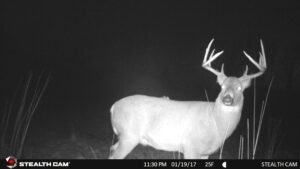
These older survivor bucks are amazing whitetails indeed to be able to make it through a couple of archery, regular gun, and muzzleloader deer seasons on hard-hunted properties.How these bucks elude so many hunters is a mystery and a testament to their uncanny survivor skills and reclusiveness. There’s a relatively short window of time to chronicle your survivor bucks, so running your trail cameras on video is key to see what shape these bucks are in going into winter, How many times have you found a bucks sheds and never see him again. Possibly injured, very difficult to gather that intel from a single trail camera photo.
Older survivor bucks are more difficult to capture on a trail cam because they seem to be ultra shy of trail cameras compared to other whitetails. But then, it could be my scent on the camera and card. Sometimes they know us better than we know them. That’s why getting in and out clean on our hunt’s is super imperative.
Yearling bucks and doe’s don’t seem to mind the camera as much, but some mature bucks display a negative reaction when they see a camera during mid-winter as they are not as distracted by the rut, estrus does, or other subordinate bucks.A good way to capture survivor bucks on trail cams is to monitor trails in the snow that lead from known bedding areas to highly pallatable winter food sources.Sometimes on years after a heavy mast fall, such as a bumper acorn crop, trails leading into and exiting from oak stands are best for camera placement.Other years, combined cornfields and food plots are deer magnets until the leftovers are cleaned up. And usually by then, bucks still carrying antlers are few and far between.
Images taken of older survivor bucks are often night shots in the early going of the winter. These aged survivors seem reticent to give up the nocturnal patterns that have helped keep them survive the last few months.As midwinter’s grip deepens, whitetails tend to move more and more in the warmth of the day, affording better photo ops, partly because of the paucity of human beings in the woods. Efficiency in a deer’s energy conservation is critical in midwinter. Winter stressed whitetails tend to move more during the warmer part of the afternoon and bed during the coldest time, night. Threrefore bedding areas during cold winters can provide many bedding area shed opportunities and keys to where they like to bed in these bedding areas.
While scouting, also keep an eye out for other deer signs (deer trails, scrapes, and rubs). This gives you a great sense of where to set up trail cameras, treestands, and hunting blinds.

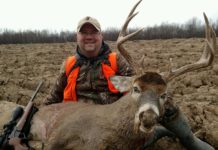

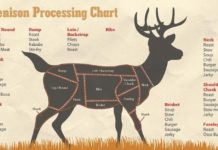
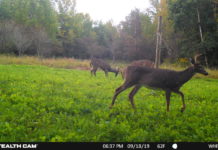














![The Best Deer Camp Chili [VIDEO] Deer Chili Ingredients, Tomatoes, Chili Spices](/wp-content/uploads/2015/10/Deer-Chili-Deer-Camp-Recipe-218x150.jpg)
![How to Call Elk Early in the Season [VIDEO]](/wp-content/uploads/2016/08/byers003-218x150.jpg)

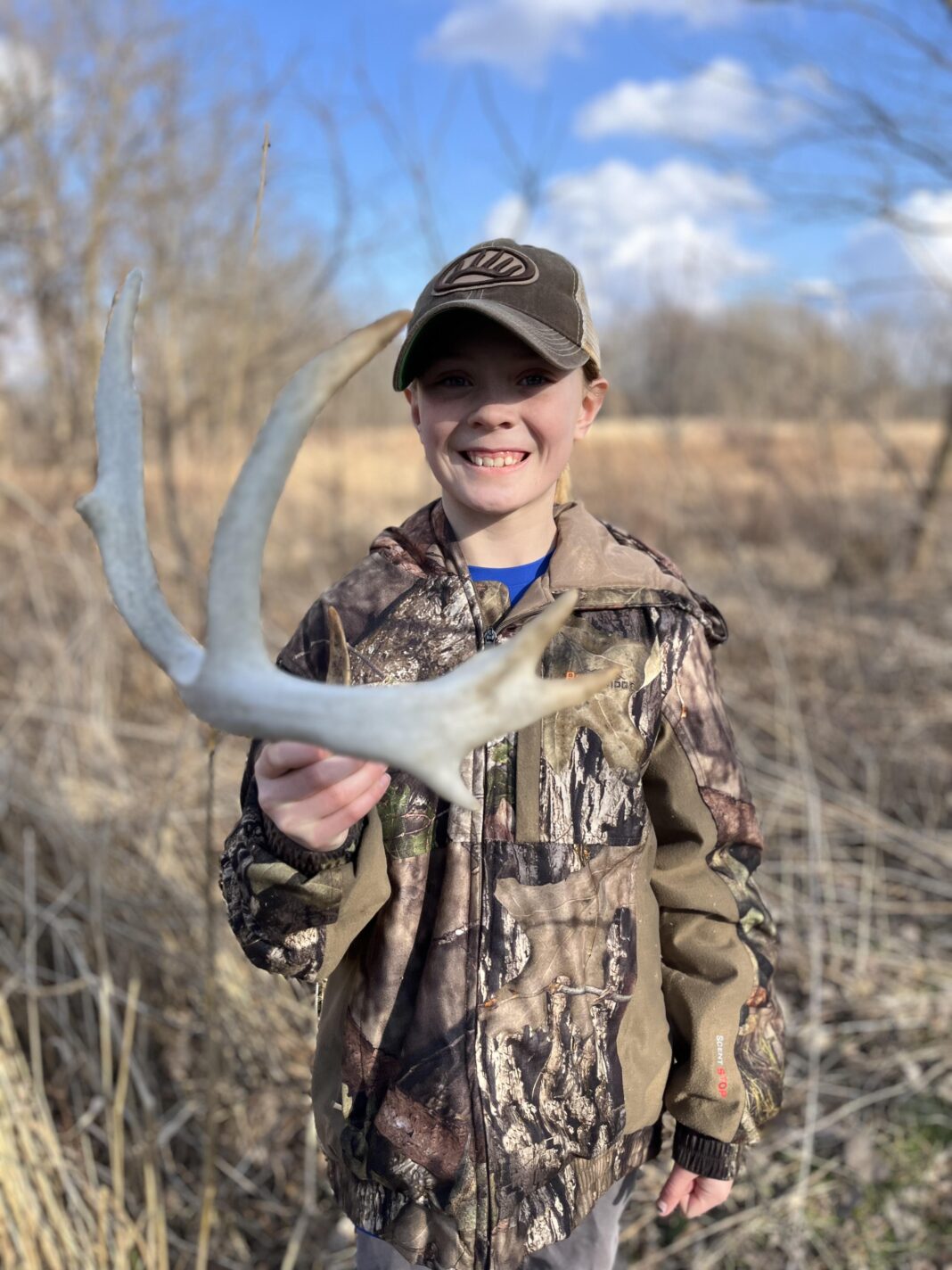




![Idiots Disturb Hunter: How Would You Have Handled It? [VIDEO]](/wp-content/uploads/2015/10/DSC00110-e1474487693878-100x70.jpg)
![Albino Buck Shocked to Shed His Antlers [VIDEO]](/wp-content/uploads/2015/10/AlbinoDeer-100x70.jpg)